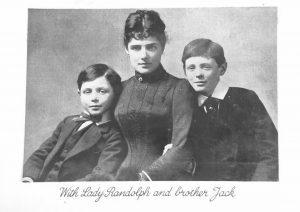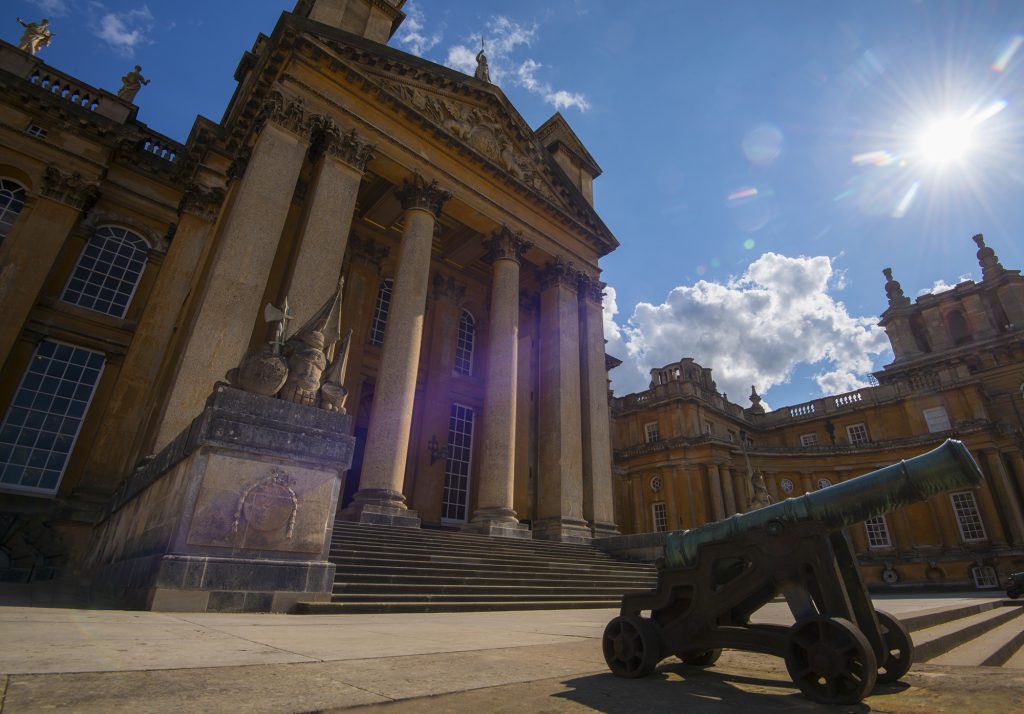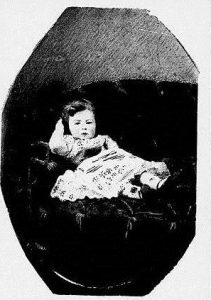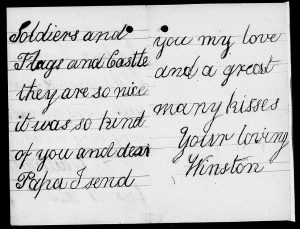
Finest Hour 187
The Antiquity of Woodstock

April 4, 2020
Finest Hour 187, First Quarter 2020
Page 07
By Winston S. Churchill
In the opening paragraphs of his biography of his father, Lord Randolph Churchill (1905), Winston Churchill describes the environs of Blenheim Palace.
The cumulative labors of [architect Sir John] Vanbrugh and [landscape architect Lancelot] “Capability” Brown have succeeded at Blenheim in setting an Italian palace in an English park without apparent incongruity. The combination of these different ideas, each singly attractive, produces a remarkable effect. The palace is severe in its symmetry and completeness. Nothing has been added to the original plan; nothing has been taken away. The approaches are formal; the wings are balanced; four equal towers maintain its corners; and the fantastic ornaments of one side are elaborately matched on the other.
Natural simplicity and even confusion are, on the contrary, the characteristic of the park and gardens. Instead of that arrangement of gravel paths, of geometrical flower-beds, and of yews disciplined with grotesque exactness which the character of the house would seem to suggest, there spreads a rich and varied landscape. Green lawns and shining water, banks of laurel and fern, groves of oak and cedar, fountains and islands, are conjoined in artful disarray to offer on every side a promise of rest and shade. And yet there is no violent contrast, no abrupt dividing line between the wildness and freshness of the garden and the pomp of the architecture.
The whole region is as rich in history as in charm; for the antiquity of Woodstock is not measured by a thousand years, and Blenheim is heir to all the memories of Woodstock. Here Kings—Saxon, Norman and Plantagenet—have held their Courts. Ethelred the Unready, Alfred the Great, Queen Eleanor, the Black Prince loom in vague majesty out of the past. Woodstock was notable before the Norman Conquest. It was already a borough when the Domesday Book was being compiled. The park was walled to keep the foreign wild beasts of Henry I. Fair Rosamund’s well still bubbles by the lake. From the gatehouse of the old manor the imprisoned Princess Elizabeth watched the years of Mary’s persecution. In the tumults of the Civil Wars, Woodstock House was held for King Charles I by an intrepid officer through a long and bitter siege and ravaged by the victorious Roundheads at its close.

2024 International Churchill Conference
And beyond the most distant of these events, in the dim backward of time, the Roman generals administering the districts east and west of Akeman Street had built their winter villas in that pleasant, temperate retreat; so that Woodstock and its neighbourhood were vulnerable and famous long before John Churchill, in the early years of the eighteenth century, superimposed upon it the glory of his victories over the French.
Subscribe
WANT MORE?
Get the Churchill Bulletin delivered to your inbox once a month.




